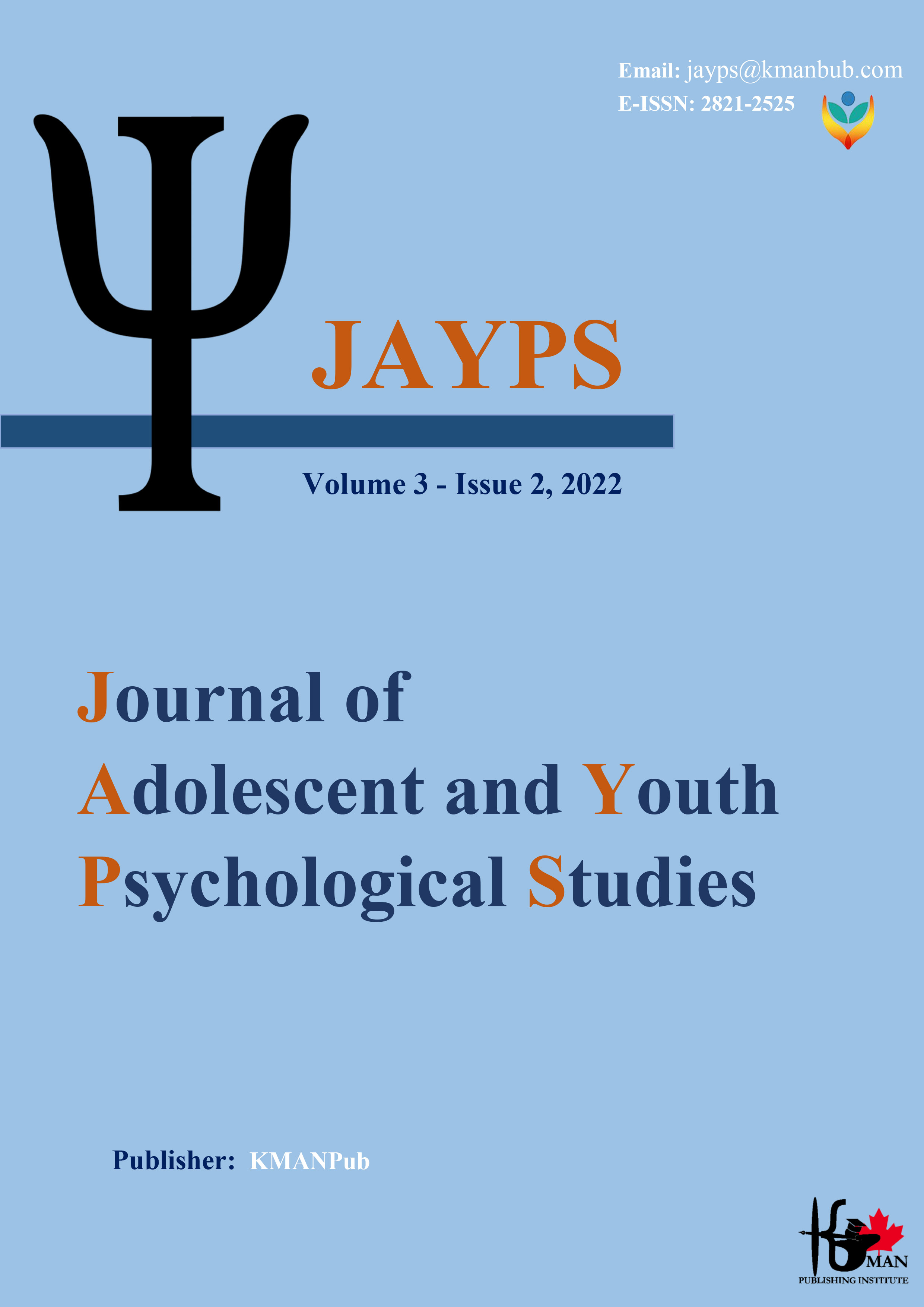The Effectiveness of Educational Psychological Program on Solving Jealousy Between Children and Their Favorable Interaction
Keywords:
jealousy, desirable interaction, educational psychological programAbstract
Background and Aim: The current research was conducted with the aim of the effectiveness of the educational psychological program on solving jealousy between children and their favorable interaction. The statistical population of the research was all the parents of elementary school children along with their children in Kish Island in 2018-2019. Method: The research method was quasi-experimental, 40 parents of elementary school children along with their children were selected by staged cluster sampling method and with a pre-test, post-test and follow-up plan with the control group and then randomly divided into two equal groups of test and control. The experimental group underwent jealousy control training for 8 sessions of 90 minutes and one session every week. The control group did not receive any intervention during this period. The research subjects were evaluated by the jealousy questionnaire (Velizadeh and Azarbaijani, 2010) and the sister-brother relationship questionnaire (Hetherington et al., 1999) in the pre-test, post-test and follow-up stages. Results: Analysis of covariance test was used to analyze the data. The results of the test findings showed that the educational psychological program of jealousy control has improved the resolution of jealousy between children and their favorable interaction, and these results are stable in the two-month follow-up. Conclusion: The training of this program is suggested for couples in counseling centers and in schools.
Downloads
Downloads
Published
Issue
Section
License

This work is licensed under a Creative Commons Attribution-NonCommercial 4.0 International License.









